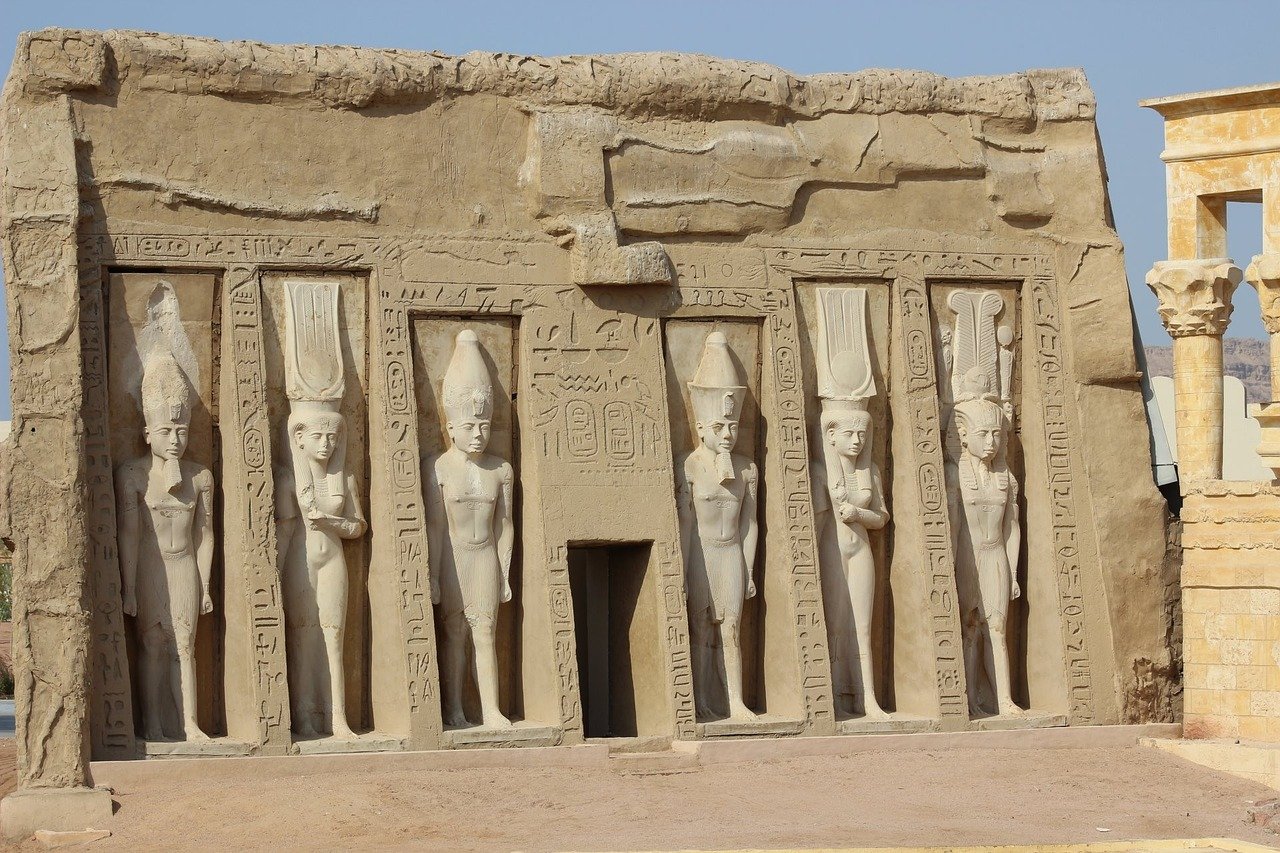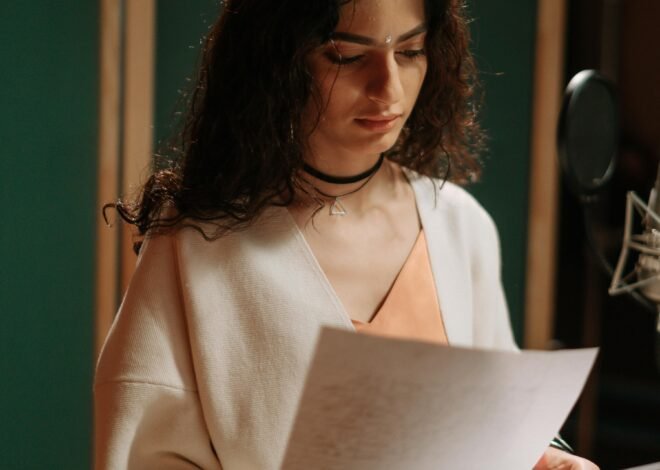
The Overshadowed Era in Egyptian History illuminated for “the Lady of the House” by elaborate coffins
Photo Credit (Pixabay)
For those who own a shovel, there is never a dull moment in the country of the Nile.
Two highly detailed sarcophagi, one sealed inside the other, were recently discovered in the ancient Asyut, which dates to the early Middle Kingdom and the 19th century BCE.
Idi, the daughter of a local ruler, was buried within. The title “Lady of the House” and hundreds of hieroglyphics that told her how to cross over to the next realm were inscribed on them.
The coffins were discovered within the largest non-royal tomb in Egypt at the time, Djefaihapi’s tomb, which belonged to the governor of Asyut. This suggests that Djefaihapi was one of the most significant rulers of any region in ancient Egypt. The discovery was made during archaeological cleaning work.
Even though Idi’s burial chamber was around 50 feet below the surface, tomb thieves had already stolen valuables from there long ago. Luckily, they were unable to remove the sarcophagi, which are arguably the most significant and pertinent artifacts known to science today.
The woman had a congenital foot abnormality and had died early, before the age of forty, according to preliminary examinations of her skull and bone fragments, according to a statement from Egypt’s Supreme Council of Tourism and Antiquities.
The Celestial Secrets of the Ancient Egyptian Culture are Being Unlocked by Their Observatory


